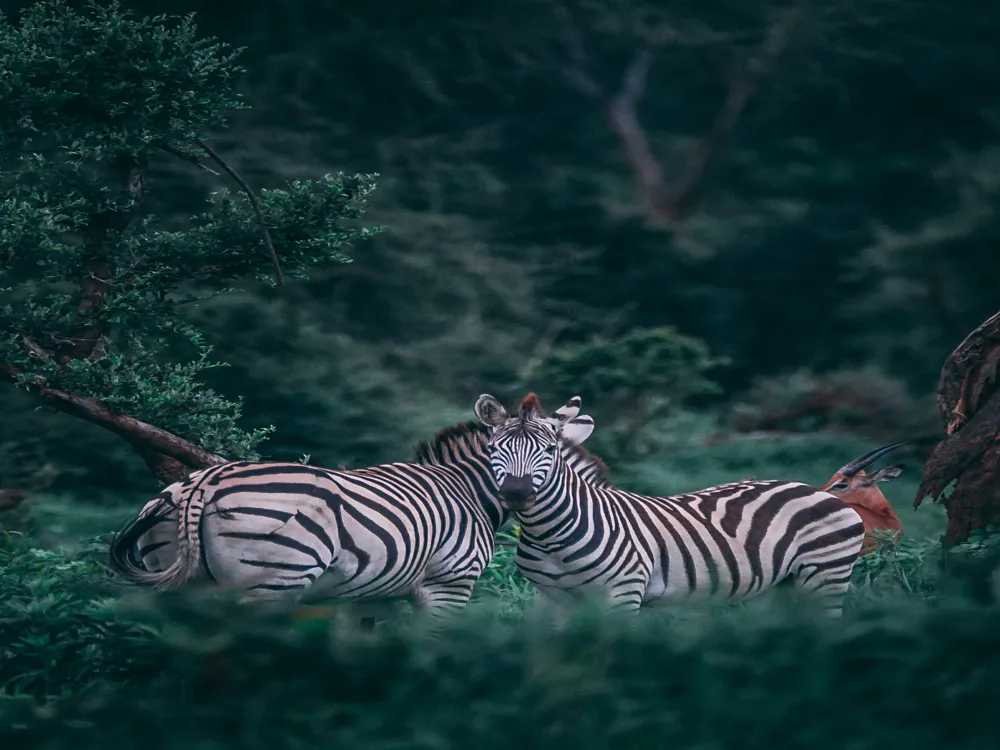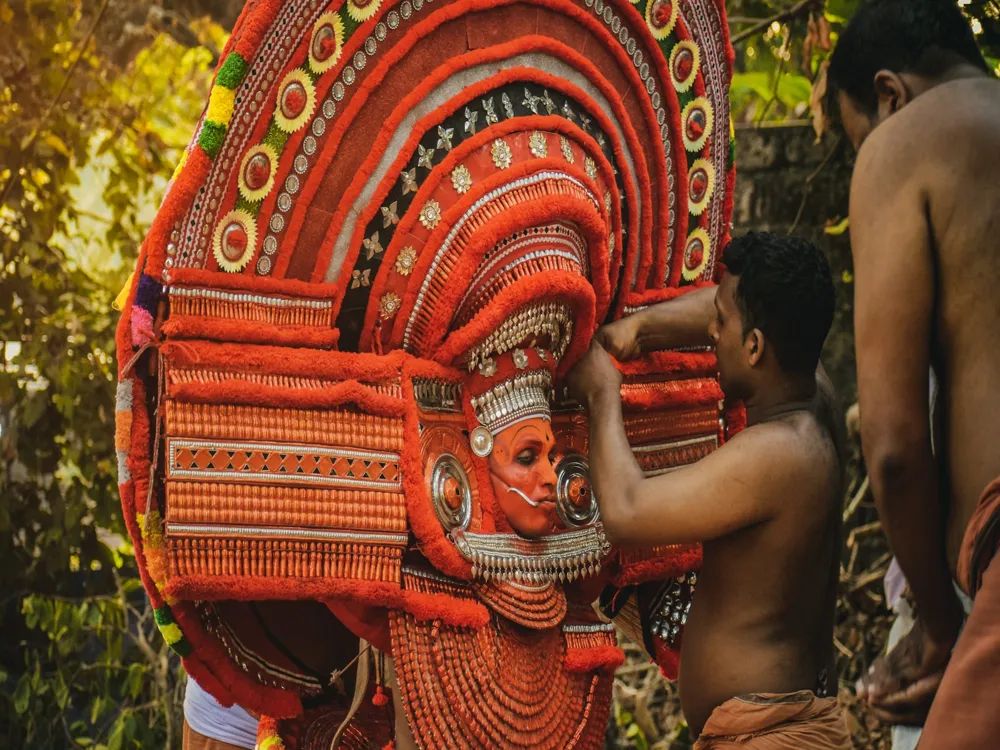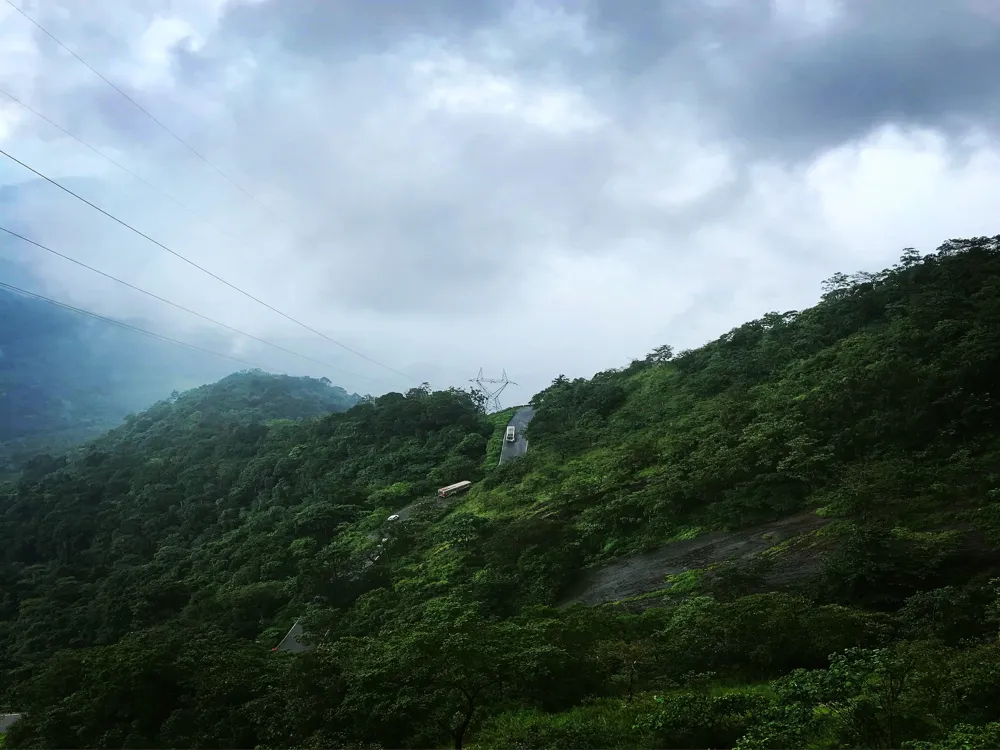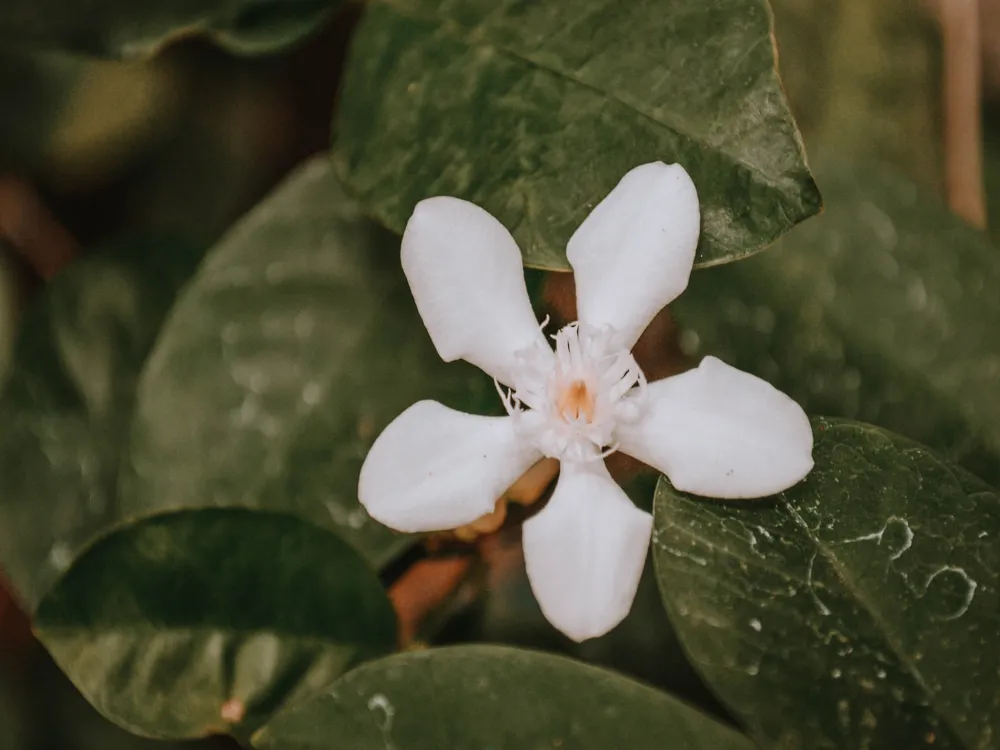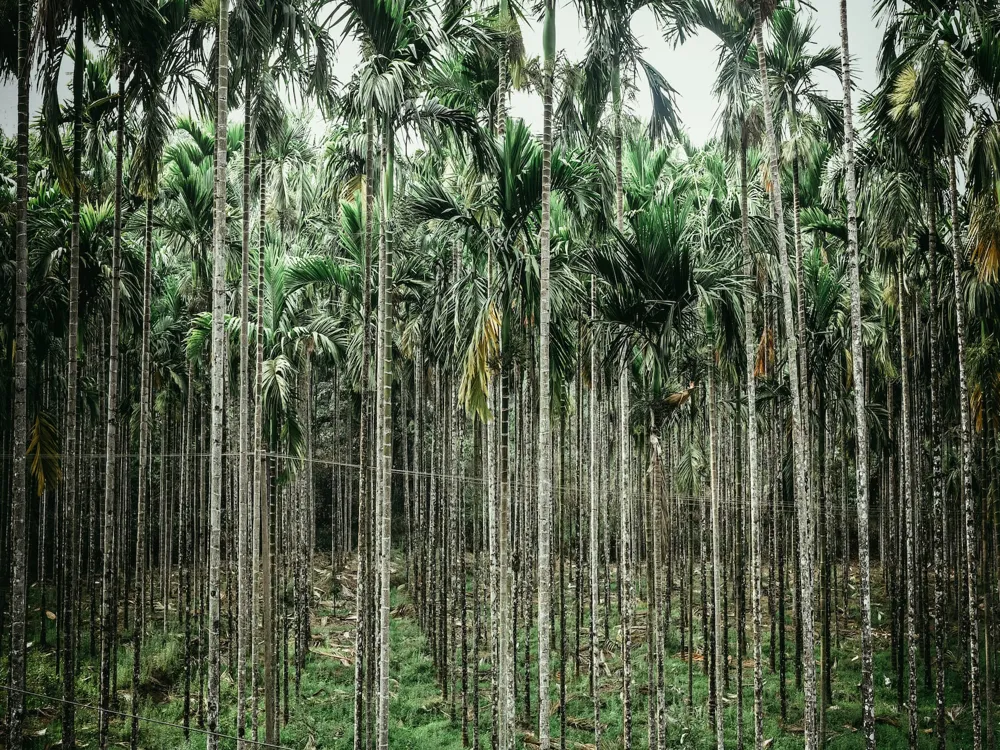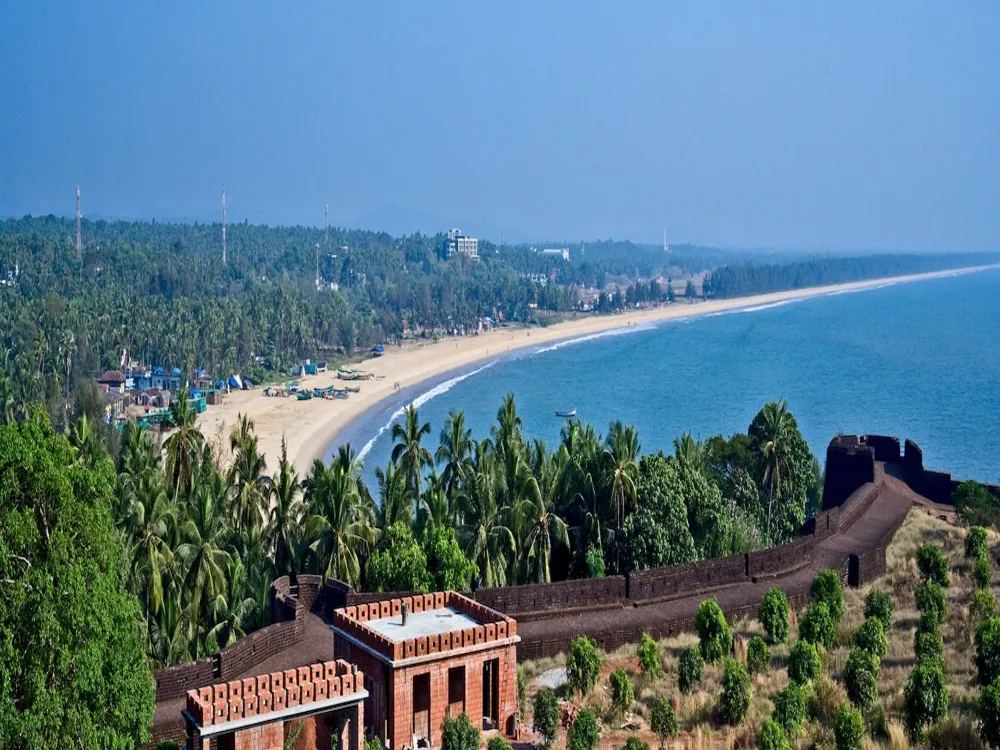Nestled in the lush greenery of Kannur, Kerala, the Parassinikkadavu Snake Park stands as a unique and significant destination for wildlife enthusiasts and nature lovers. Established with a vision to preserve and educate about the snake species, this park has become a landmark in the realm of herpetology. The park is not only a home to a wide variety of snakes but also plays a pivotal role in research and conservation efforts. The inception of the park traces back to the efforts of a dedicated team of wildlife conservationists, led by the renowned herpetologist Vava Suresh. Their mission was to create a sanctuary that not only protects these reptiles but also educates the public about the importance of snakes in our ecosystem. Over the years, the park has evolved into a center for snake conservation, attracting researchers and tourists alike. One of the most striking features of the park is its diverse collection of snakes, which includes both venomous and non-venomous species. From the majestic King Cobra to the elusive Python, the park provides a safe haven for these reptiles. Each species is housed in carefully designed enclosures that mimic their natural habitat, ensuring their wellbeing and providing visitors with an authentic experience. The park also plays a crucial role in debunking myths and superstitions surrounding snakes. Through interactive sessions and educational programs, visitors are taught about the ecological significance of snakes and the need for their conservation. The park's staff, comprised of experienced herpetologists and caretakers, offer insightful knowledge, making the visit both educational and exhilarating. Apart from snakes, the park also shelters other reptiles and amphibians, adding to the biodiversity of the sanctuary. The serene environment, coupled with the rich flora and fauna, makes the Parassinikkadavu Snake Park a must-visit destination for anyone traveling to Kerala. The architecture of Parassinikkadavu Snake Park is a harmonious blend of traditional Kerala style and modern zoological design. The layout of the park is thoughtfully crafted to provide an immersive experience for visitors while ensuring the utmost comfort and safety for the snakes. The enclosures are a testament to this, as they are not only secure but also aesthetically pleasing, adding to the overall charm of the park. Each enclosure is designed to replicate the natural habitat of the snakes, with meticulous attention to detail. This includes the right balance of sunlight and shade, appropriate vegetation, and water bodies, ensuring a naturalistic and stress-free environment for the snakes. The use of local materials in the construction of these enclosures not only adds to the rustic feel but also promotes eco-friendly practices. The park also incorporates open spaces and walkways, allowing visitors to explore and observe the reptiles without disturbing their natural behavior. The use of traditional Kerala architectural elements, such as wooden carvings and terracotta tiles, in the visitor's center and other facilities, creates a warm and welcoming ambiance. Furthermore, the park is equipped with state-of-the-art facilities for snake care and research. This includes a well-equipped laboratory, a snake clinic for medical care, and quarantine areas for new arrivals. The integration of these facilities with the natural setting demonstrates the park's commitment to both conservation and visitor education. In summary, the architecture of Parassinikkadavu Snake Park is a fine example of how modern zoological practices can be seamlessly integrated with traditional design elements to create a space that is both functional and aesthetically pleasing. Check the park's opening hours and plan your visit accordingly. It's best to visit during the cooler parts of the day, such as early morning or late afternoon, to see the snakes when they are most active. Wear comfortable clothing and shoes suitable for walking. Since the park is outdoors, it's advisable to wear a hat and apply sunscreen. Carry a water bottle to stay hydrated, especially during the warmer months. There are also facilities within the park where you can purchase refreshments. Respect the park's guidelines, such as not touching the snakes and staying on designated pathways. These rules are in place for the safety of both visitors and the animals. Participate in the park's educational programs and guided tours for a more informative experience. These sessions are great for learning more about the importance of snake conservation. Photography is usually allowed, but flash photography may be prohibited as it can disturb the snakes. Always check with park staff before taking photos. Parassinikkadavu Snake Park is easily accessible from various parts of Kerala. The nearest airport is Kannur International Airport, which is about 20 kilometers away. From the airport, you can hire a taxi or use public transport to reach the park. If you are traveling by train, the nearest railway station is Kannur Railway Station, located approximately 16 kilometers from the park. Local buses, auto-rickshaws, and taxis are readily available from the railway station to the park. For those driving, the park is well-connected by road and has ample parking space. Read MoreOverview of Parassinikkadavu Snake Park, Kannur, Kerala
architecture of Parassinikkadavu Snake Park
Tips When Visiting Parassinikkadavu Snake Park
Plan Your Visit
Dress Appropriately
Stay Hydrated
Follow Park Rules
Take Advantage of Educational Programs
Photography Etiquette
How To Reach Parassinikkadavu Snake Park
Parassinikkadavu Snake Park
Kannur
Kerala
NaN onwards
View kannur Packages
Weather :
Tags : Zoo
Timings : 9:30 AM - 5:30 PM
Time Required : 1-2 hours
Entry Fee : The entry fees for each visitor depends on their age.
0 - 5 years: Free
6 - 17 years: INR 20
18 - 79 years: INR 30
Above 80: Free
Planning a Trip? Ask Your Question
Kannur Travel Packages
View All Packages For Kannur
Top Hotel Collections for Kannur

Private Pool

Luxury Hotels

5-Star Hotels

Pet Friendly
Top Hotels Near Kannur
Other Top Ranking Places In Kannur
View All Places To Visit In kannur
View kannur Packages
Weather :
Tags : Zoo
Timings : 9:30 AM - 5:30 PM
Time Required : 1-2 hours
Entry Fee : The entry fees for each visitor depends on their age.
0 - 5 years: Free
6 - 17 years: INR 20
18 - 79 years: INR 30
Above 80: Free
Planning a Trip? Ask Your Question
Kannur Travel Packages
View All Packages For Kannur
Top Hotel Collections for Kannur

Private Pool

Luxury Hotels

5-Star Hotels

Pet Friendly








